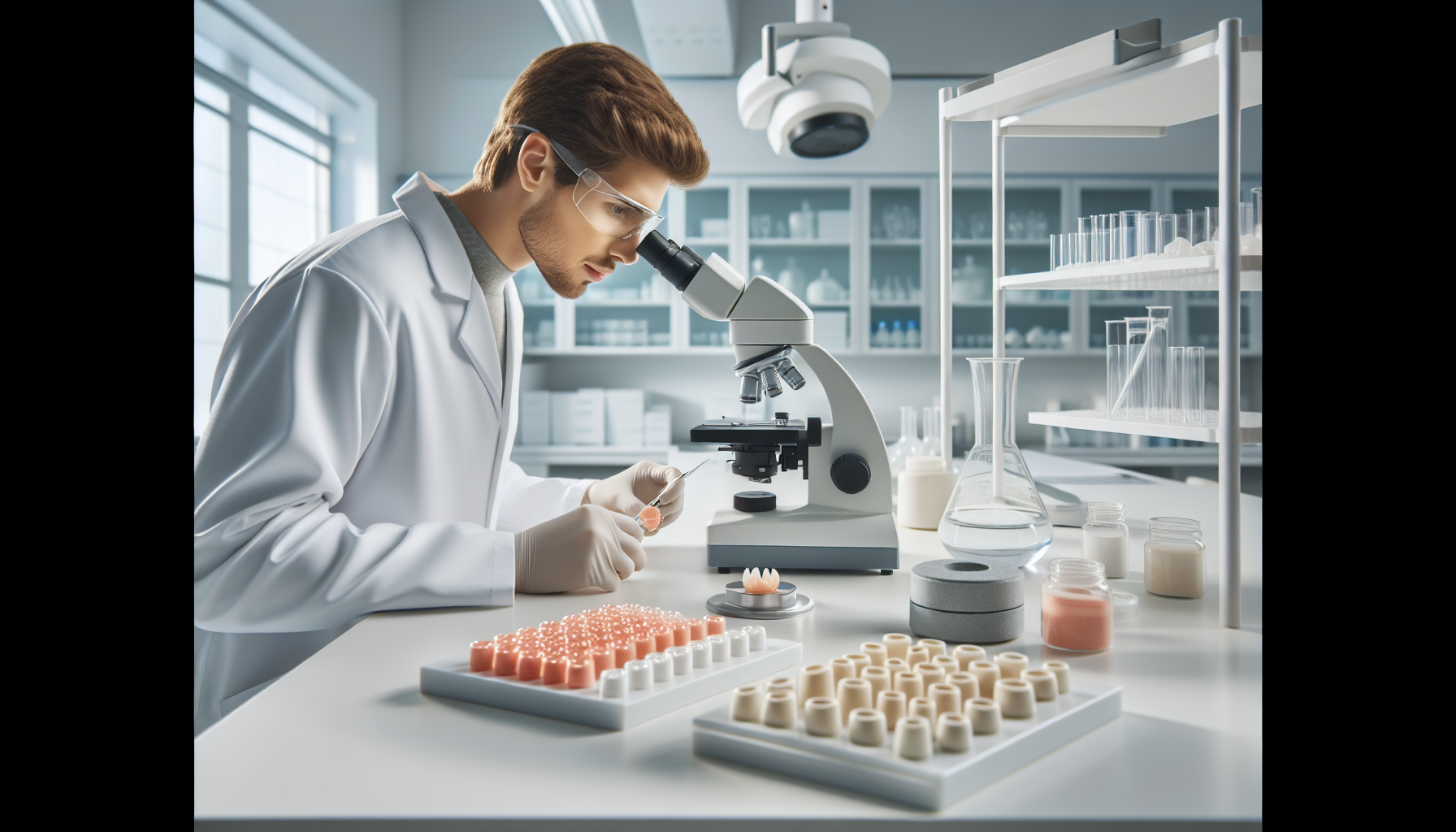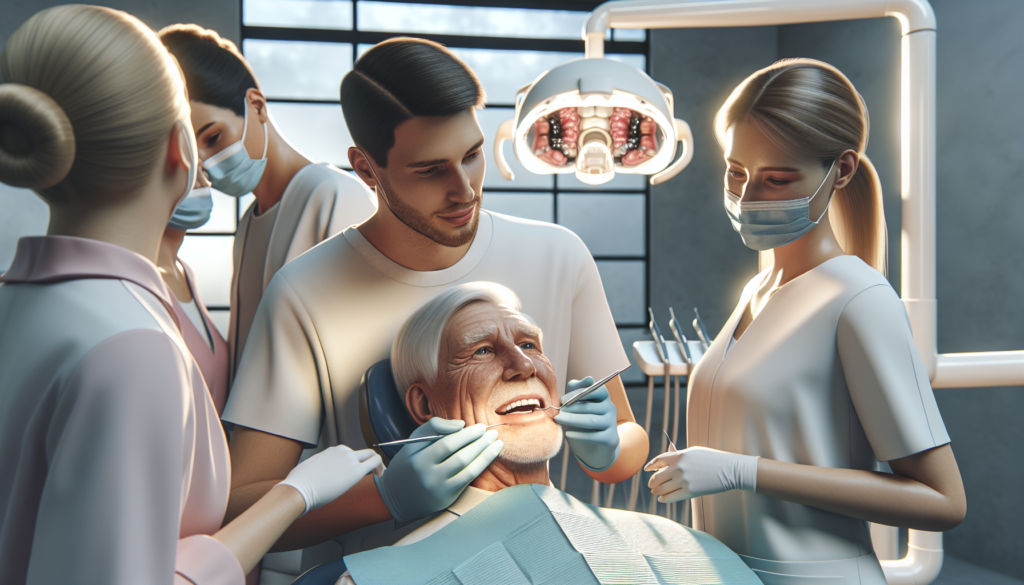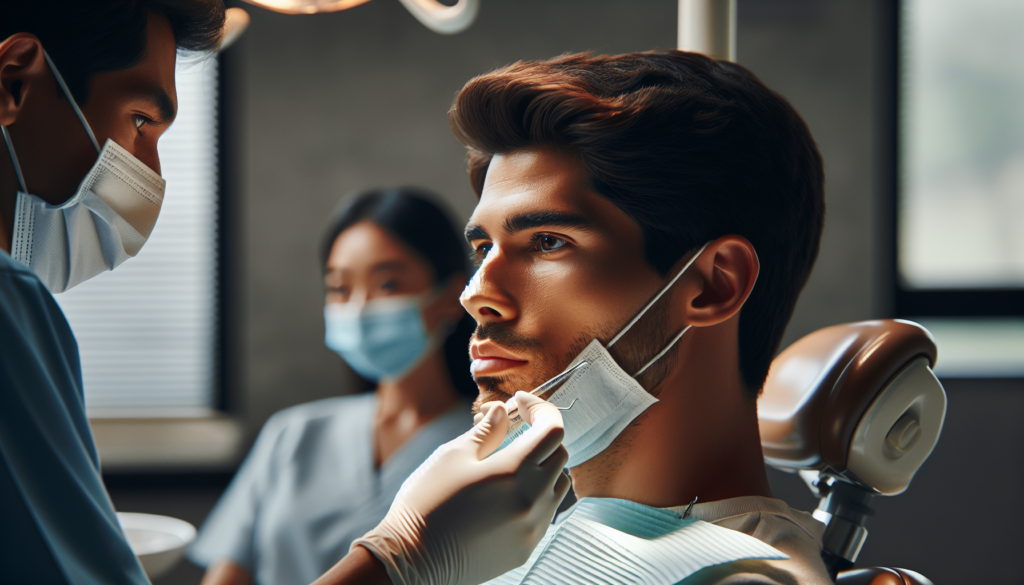Bioactive Dental Materials Show Promising Mechanical Properties Study Reveals
Introduction: A New Era in Dental Materials
Modern dentistry is rapidly evolving, with an increasing focus on materials that not only replace lost tooth structure but also contribute to overall oral health. Bioactive dental materials—substances capable of interacting with biological tissues to promote healing and remineralization—are at the forefront of this change. A recent study published in Scientific Reports, part of the Nature portfolio, sheds new light on the potential of these innovative materials, highlighting their mechanical performance and future applications in restorative dentistry.
What Are Bioactive Dental Materials?
Traditional restorative materials, such as amalgam and conventional composite resins, have long served as the backbone of dentistry. However, they provide limited biological benefits beyond filling cavities or restoring structure. Bioactive materials, by contrast, are engineered to interact positively with surrounding tissues.
- Stimulating remineralization: Encouraging the natural repair of tooth enamel and dentin.
- Releasing health-boosting ions: Such as calcium, phosphate, and fluoride, which help strengthen teeth.
- Promoting tissue healing: Supporting the restoration of the tooth–material interface.
- Offering antibacterial effects: Inhibiting harmful bacterial growth within the oral cavity.
These properties demonstrate why scientists view bioactive materials as the future standard of care in restorative and preventive dentistry.
The Study at a Glance
The recent research published in Scientific Reports systematically assessed the mechanical properties of new bioactive dental materials. The investigators compared experimental materials against widely used dental composites, evaluating critical factors that determine whether these substances can withstand the pressures of daily oral function.
The study aimed to determine if bioactive formulations not only provide therapeutic benefits but also maintain durability and strength comparable to current gold-standard materials.
— Scientific Reports, Nature Portfolio
Key Mechanical Properties Evaluated
One of the major barriers preventing widespread adoption of bioactive dental products is skepticism regarding their durability. This study focused on several core mechanical benchmarks:
- Flexural strength: The ability of the material to resist bending forces during chewing.
- Compressive strength: Resistance to crushing forces, essential for molars exposed to heavy bite pressure.
- Fracture toughness: The capacity to prevent small cracks from propagating into catastrophic breaks.
- Modulus of elasticity: The degree of flexibility or stiffness within functional use.
By evaluating these properties, researchers were able to compare how well bioactive materials could perform under the stresses encountered inside the mouth.
Promising Findings for Dentistry
The results revealed encouraging outcomes. The bioactive dental materials examined demonstrated performance characteristics that were comparable to, or in some cases exceeded, those of conventional materials. This represents a significant advancement, as achieving both bioactivity and reliable mechanical strength has been a long-standing challenge.
- Enhanced durability: Materials showed resistance to both compressive and flexural forces, indicating suitability for load-bearing applications.
- Increased longevity potential: Stronger resistance to degradation implies fewer replacements over the patient’s lifetime.
- Mimicking natural tooth behavior: Mechanical properties more closely aligned with dentin and enamel, allowing restorations that “feel natural.”
These findings suggest that bioactive dental composites can act as both restorative and regenerative agents, raising the possibility of restorations that actively contribute to healthier teeth.
Clinical Implications of Bioactive Materials
If embraced widely, bioactive materials could revolutionize how dentists approach treatment. Rather than filling cavities with inert substances designed solely for mechanical stability, practitioners could use restorations that interact with their environment to aid in healing and reduce the risk of recurrent decay.
Preventing Secondary Caries
Secondary caries, or new decay forming around an existing restoration, remains one of the leading causes of filling failure. The ionic release properties of bioactive dental materials may reduce bacterial reinvasion and reinforce the surrounding tooth structure, lowering the risk of further cavities.
Supporting Minimally Invasive Dentistry
Dentists increasingly prioritize conservation of natural tooth tissue. Bioactive options complement this philosophy by strengthening the remaining tooth structure rather than merely replacing it, enabling more conservative treatment approaches.
Improving Patient Outcomes
By lowering the likelihood of restoration failure, reducing the need for replacement procedures, and enhancing biological integration, bioactive materials may improve long-term patient satisfaction and oral health outcomes.
Future Directions in Research and Development
While these findings are a significant step forward, further investigation is required before bioactive materials become mainstream. Ongoing studies are expected to focus on:
- Long-term clinical trials: Assessing performance over years rather than months.
- Broader material testing: Including varying tooth types, cavity sizes, and patient demographics.
- Refinements in formulations: Optimizing ion-release profiles while maintaining superior strength.
- Cost-effectiveness studies: Ensuring that new-generation materials are financially accessible for both providers and patients.
The Road to Mainstream Adoption
Integrating bioactive dental composites into daily practice will require more than just confirmation of their mechanical excellence. Regulatory approval, affordability, and robust training for dental professionals will all play significant roles. That being said, the trajectory points toward a dental landscape where bioactive materials become the new norm rather than the exception.
Bioactive restorative materials represent the merging of mechanical science and biological healing—advancing dentistry from replacement toward regeneration.
— Commentary on Bioactive Restoratives
Conclusion: A Bright Outlook for Restorative Dentistry
The latest research confirms what dental innovators have long believed—bioactive dental materials possess the strength and resilience required for everyday use, all while offering biological benefits not possible with conventional composites. If proven effective in long-term clinical settings, these materials could redefine restorative dentistry, empowering practitioners with tools that both restore and heal teeth.
For dental professionals, the takeaway is clear: keep a close eye on developments in bioactive dental science. A wave of innovation is on the horizon—one that may soon transform how we treat cavities, restore smiles, and preserve oral health for generations to come.
Post Disclaimer
DentalUp is for educational purposes only and cannot accept personal dental information such as x-rays, photos, or treatment details. See full disclaimer here.





